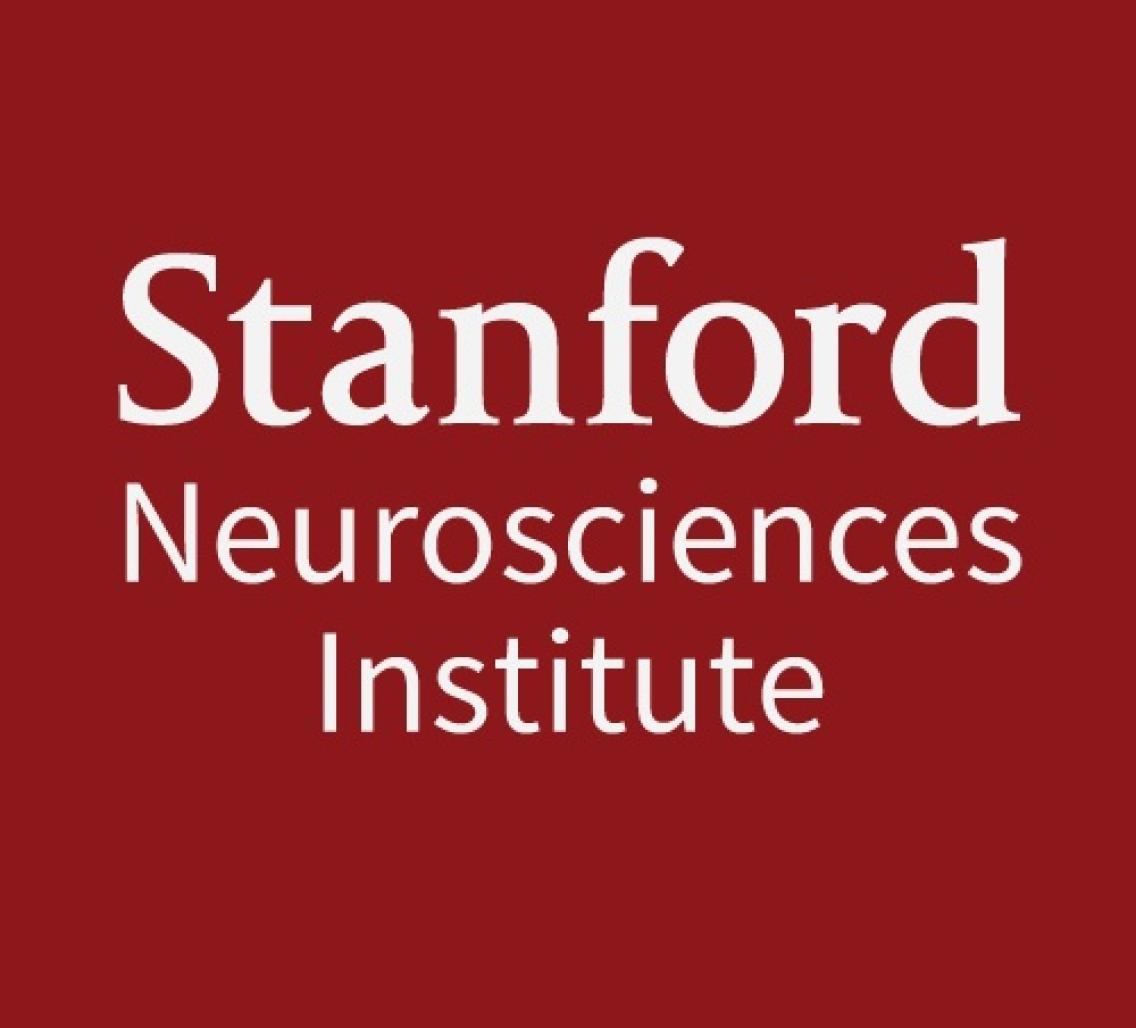Event Details:

Stanford Neurosciences Institute Seminar Series Presents
Genomic insights into human cortical development
Arnold Kriegstein, MD Ph.D
Professor, Director, Developmental and Stem Cell Biology Program, UCSF School of Medicine
Host: Isabella Graef
Abstract
Radial glia, the neural stem cells of the neocortex, are located in two niches: the ventricular zone and outer subventricular zone. Although outer subventricular zone radial glia (oRG) appear to generate the majority of human cortical neurons, their molecular features remain elusive. We have begun to sequence mRNA from single human progenitor cells for unbiased classification of cell identity and for detection of activated signaling pathways. By analyzing gene expression across single cells, we find that oRG cells preferentially express genes related to extracellular matrix formation, migration, and stemness, and we relate these genes to the position, morphology, and behaviors previously used to classify these cells. Many of these genes are involved in growth factor signaling and self-renewal pathways, suggesting that outer radial glia cells establish a self-sustaining proliferative niche in the OSVZ. Using single cell clonal lineage analysis, we find that oRG cells can generate hundreds of daughter neurons of deep and upper layer identity, establishing the extensive proliferative and neurogenic capacity of this cell type. Finally, by using novel markers that reveal the morphology of oRG or ventricular radial glia cells selectively, we find that oRG cells form the primary scaffold for migration of neurons to the cortical plate during mid- and late-phases of cortical neurogenesis. More generally, we have expanded this approach to identify the genes and pathways distinguishing diverse cell types during cortical development.
These molecular insights have already informed a novel model of primate corticogenesis, suggested a relationship between oRG cells and brain tumors, provided insights into the specific cell types affected by genetic forms of lissencephaly, and have helped identify the mechanism of Zika virus microcephaly.